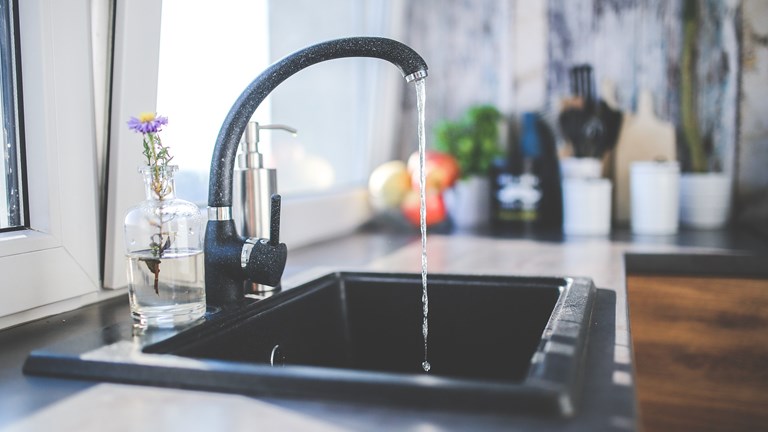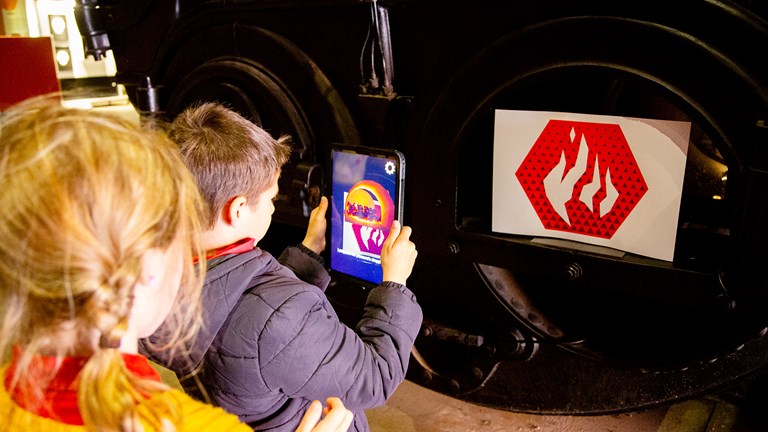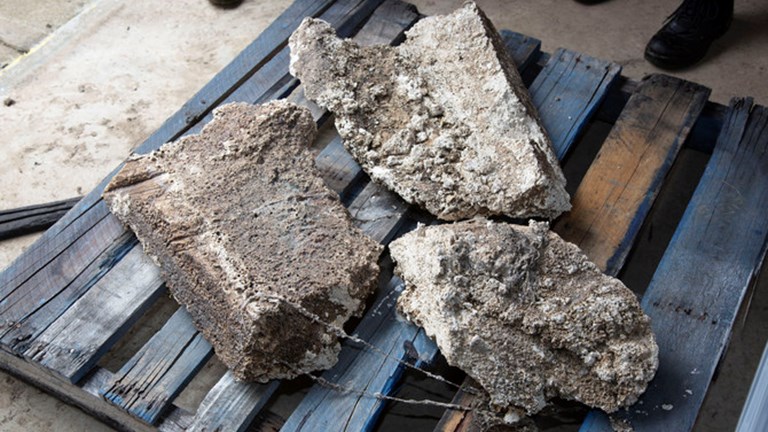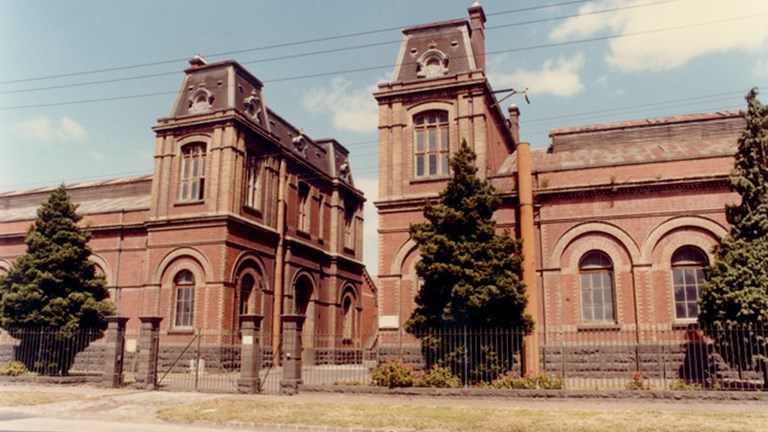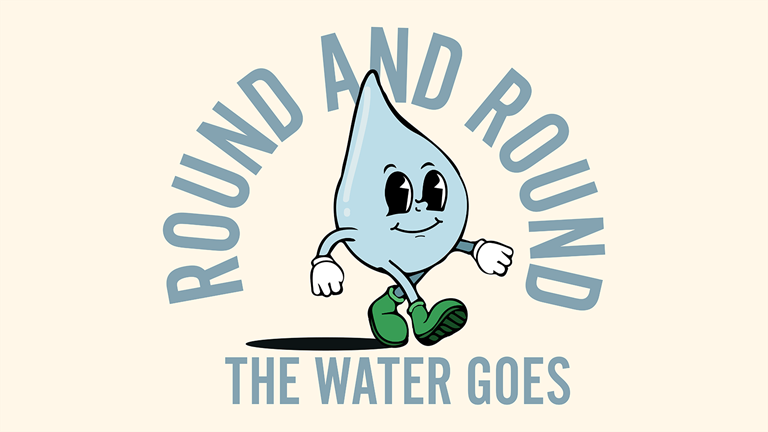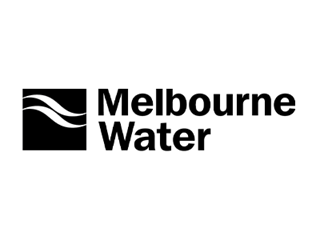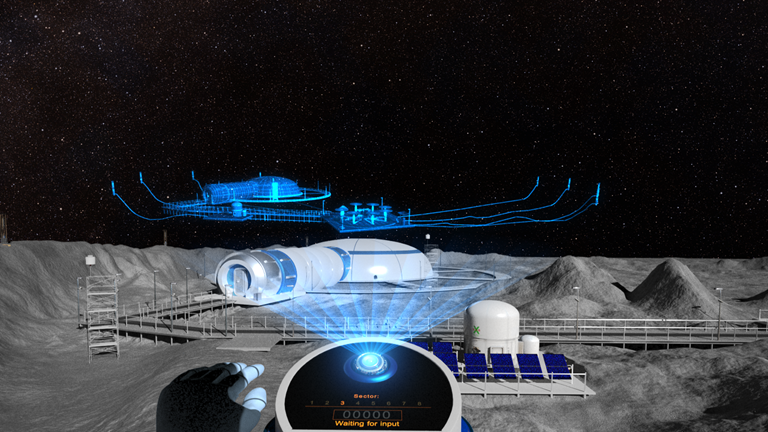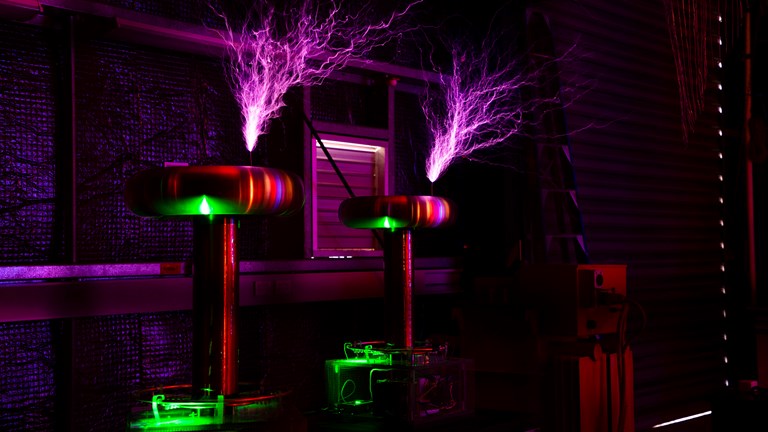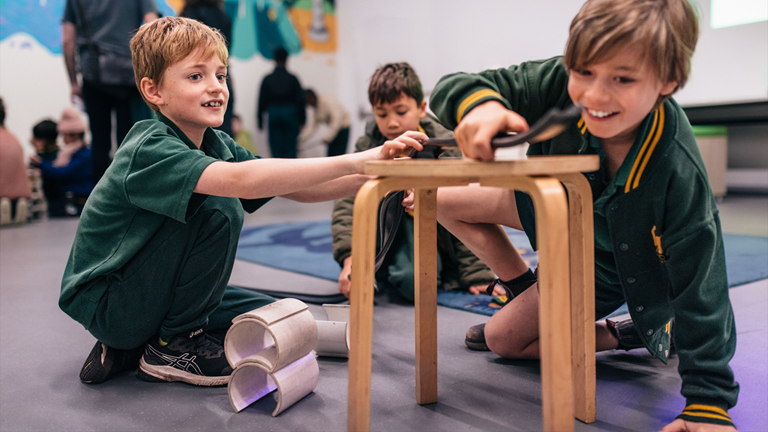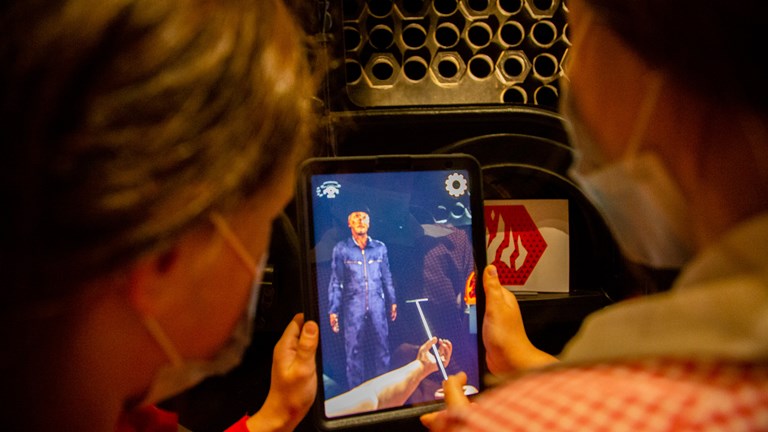
FlushBack
Step back in time and save Melbourne from becoming 'Smellbourne'
- What
- Museum Staff-led
- When
- Terms 1 to 4, Monday to Friday
- Duration
- 50 minutes in the Pumping Station
Curriculum links & Accessibility & Access Fund - Year level
- Years 3 to 10
- Minmum student numbers
- Minimum 15 students
- Maximum student numbers
- Maximum 30 students
- Cost
- $9 per student + education service fee
- Booking information
- Bookings 13 11 02
This award-winning Augmented Reality game lets you step back in time in the historic Spotswood Pumping Station to learn its rich history and amazing engineering. This dynamic activity is curriculum-aligned, interdisciplinary and great for students who can’t sit still. Can you stop Melbourne from becoming Smellbourne?
Students will experience
- Exploring the Spotswood Pumping station in pairs with iPads
- Using iPads to scan icons that load Augmented Reality characters and animations that bring the Spotswood Pumping Station to life
- Meeting colourful characters from the past who teach them how the Pumping Station worked.
- Getting to help the characters by solving problems on a scavenger hunt through the heritage building
- Activities include stoking the boilers to the right pressure, identifying what’s blocking sewer, helping an old man find his false teeth, and identifying which bacteria is growing in the pipes
Students will learn
- The rich history of the Spotswood Pumping Station, including the role of female scientist Lucey Alford
- Why the Pumping Station was such an innovative and life-changing project for early Melbourne.
- How the sewage system plays a part in our daily lives and the water cycle of a city
- That water is an important resource which cycles through our cities and environment, and that we need to take care of it
- That augmented reality combines the real world with augmented and animated elements on a device, and can be used in games for learning
Victorian Curriculum links
Science: Levels 3 and 4
Earth and space sciences
water is an important Earth resource that originates from various sources; water cycles through the environment by moving through the sky, landscape and ocean, and involves processes including precipitation, evaporation, transpiration, condensation, melting, freezing, crystallisation, infiltration and run-off
VC2S4U07
Scienceas a human endeavour
scientific knowledge, skills and data can be used by people to explain how they will meet a need or solve a problem
VC2S4H02
Design and Technologies: Levels 3 and 4
Technologies and society
the role of people in design and technologies occupations and factors including sustainability that impact on the design of solutions to meet community needs
VC2TDE4S01
Materials and technologies specialisations
describe how the properties of materials affect function in a product or system
VC2TDE4C04
Science: Levels 5 and 6
Science as a human endeavour
scientific knowledge, skills and data can be used by individuals and communities to identify problems, consider responses and make decisions
VC2S6H02
Design and Technologies: Levels 5 and 6
Technologies and society
how people in design and technologies occupations consider competing ethical factors including sustainability in the design of products, services and environments
VC2TDE6S01
Materials and technologies specialisations
explain how characteristics and properties of materials, systems, components and tools affect their use when producing designed solutions
VC2TDE6C04
Science: Levels 7 and 8
Science as a human endeavour
proposed scientific responses to socio-scientific issues impact on society and may involve ethical, environmental, social and economic considerations
VC2S8H03
Geography: Levels 7 and 8
Water in the world
the classification of water as a renewable resource, the forms that it takes as a resource in the water cycle, and the ways in which flows of water connect and change places
VC2HG8K01
the distribution and variability of Australia’s water resources and the forecasted impacts of climate change on them
VC2HG8K03
the nature of water scarcity and ways of overcoming it, with examples from Australia, and West Asia and/or North Africa
VC2HG8K04
Design and Technologies: Levels 7 and 8
Technologies and society
how people in design and technologies occupations consider ethical factors to design and produce products, services and environments
VC2TDE8S01
Materials and technologies specialisations
analyse how characteristics and properties of tools, materials, systems and components can be selected, manipulated and combined to create designed solutions that are ethical
VC2TDE8C04
History: Levels 9 and 10
Historical knowledge and understanding
the significant events, individuals and groups in the women’s movement in Australia, and how they have changed the role and status of women
VC2HH10K05
